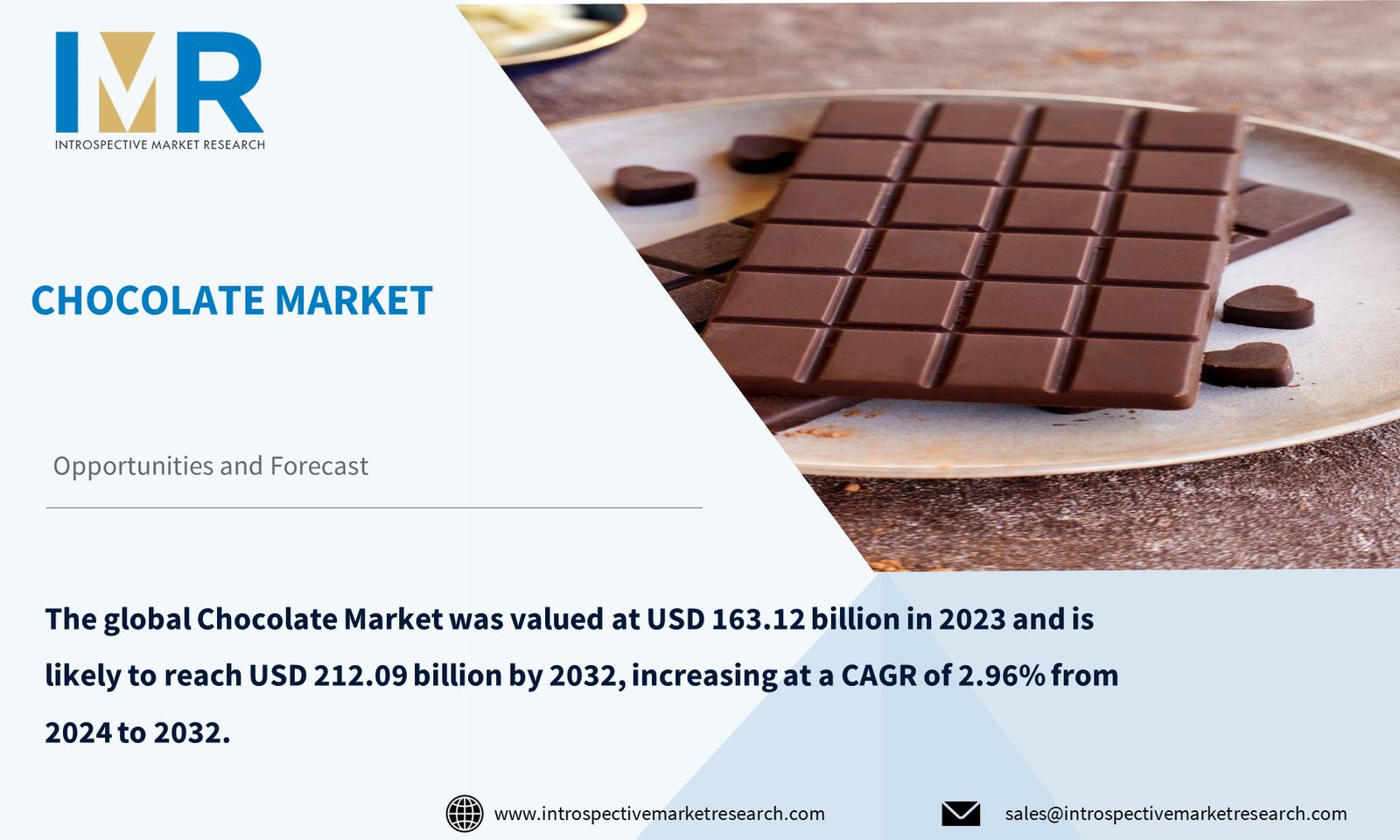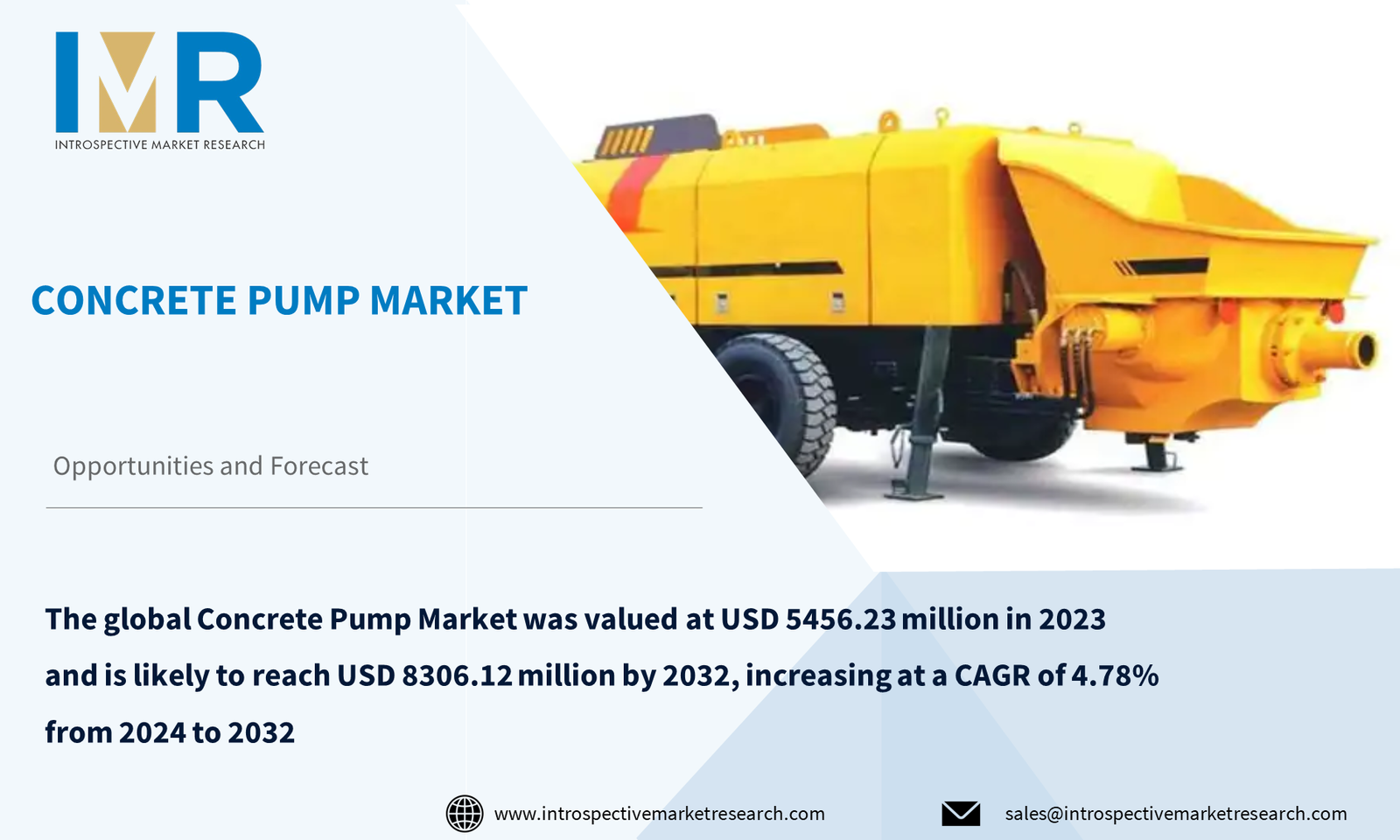
The global Biosimulation Market size was valued at USD 3.73 Billion in 2022 and is projected to reach USD 11.73 Billion by 2030, growing at a CAGR of 15.4% from 2023 to 2030.
Biosimulation serves as a forward-looking predictive tool, aiding drug discovery by anticipating outcomes of ongoing experiments. Also known as model-based drug development, it facilitates data-driven decisions across developmental stages using quantitative frameworks. Accurate predictions hinge on high-quality models. This technology holds promise in pharmaceutical research, optimizing drug discovery and development cycles. Researchers are actively exploring computer simulations and mathematical modeling to create artificial organs. Particularly valuable for cancer and cardiovascular treatment development, biosimulation plays a pivotal role. With escalating chronic disease rates, advancing techniques, and substantial government funding, the biosimulation market is on a growth trajectory.
Top Key Players for Biosimulation Market:
Certara(USA), Dassault Systemes (France), Advanced Chemistry Development (Canada), Simulation Plus (California), Schrodinger, Inc. (US), Chemical Computing Group ULC (Canada), Physiomics Plc (UK), Rosa & Co. LLC (US), BioSimulation Consulting Inc., Genedata AG (Switzerland), Instem Group of Companies (USA), PPD, Inc. (North Carolina), Yokogawa Insilico Biotechnology GmbH (Germany), Immunetrics (US), and other major players.
Market Dynamics and Factors for Biosimulation Market:
Drivers:
Growth in the Development of Biologics and Biosimilar
The burgeoning demand for biologics within healthcare sectors is a key driver of the biosimulation market's growth. Escalating global incidence of chronic diseases underscores this trend. In 2020 alone, around 19.2 million new cancer cases were reported worldwide. Non-communicable diseases led to 41 million deaths in 2021, as per WHO. In response, market players are intensifying investments in biologics research and development. For example, Cadila Pharmaceuticals introduced NuPTH and Cadalimab, similar biologics, to the Indian market in October 2020. Technological advancements and increased government funding for oral biologics research further boost demand for biosimulation technologies, propelling the market's expansion.
Opportunities:
Growing Government Funding In The R&D Activities
Increasing government investments in drug research and development present a lucrative opportunity for the biosimulation market in the forecast period. Rising concern over chronic diseases, coupled with high mortality rates, has driven substantial government funding for new drug development. Notably, countries like Germany and the United States have invested significant amounts, such as 1.5 billion and 2 billion respectively, in COVID-19 vaccine development, as per Statista. This government support underscores a promising outlook for the biosimulation market's growth.
Segmentation Analysis of the Biosimulation Market:
- By Product Type, the software segment is expected to have the maximum share in the biosimulation market during the forecast period. The biosimulation software includes PBPK modeling and simulation software, molecular modeling and simulation software, trial design software, PK/PD modeling and simulation software, toxicity prediction software, and other biosimulation software.
- By Application, drug development is projected to have the largest share in the biosimulation market during the analysis period. The pharmaceutical, biotechnological, and research organizations increasing biosimulation adoption for controlling the costs in the drug development process. The US FDA stated that biosimulation is the most useful tool in the drug development process. In the last few decades, the prevalence of chronic diseases is increased in the world.
Regional Analysis of the Biosimulation Market:
North America holds a dominant position in the biosimulation market due to robust research and development of novel drugs. The region's heightened focus on addressing chronic diseases like cancer and cardiovascular ailments has led to increased investments from the government and healthcare sectors. Notably, the US, a key player in North America, advocates for simulation in drug discovery, supported by a multitude of ongoing clinical trials. The advent of COVID-19 has further shaped clinical trial demands. Embracing digital and automation technologies, major players like Simulations Plus have received US FDA certification for innovative software platforms. This environment of new drug launches and heightened government funding propels the demand for biosimulation technologies, driving market growth in North America.
Key Industry Development:
- In August 2020, For Covid-19 vaccines, Certara started developing the Quantitative Systems Pharmacology biosimulation software.
- In June 2020, Certara launched new Phoenix Biosimulation software that improves the quality, time-saving and enhanced efficiency in the toxicokinetic and pharmacokinetic/pharmacodynamic modeling.






